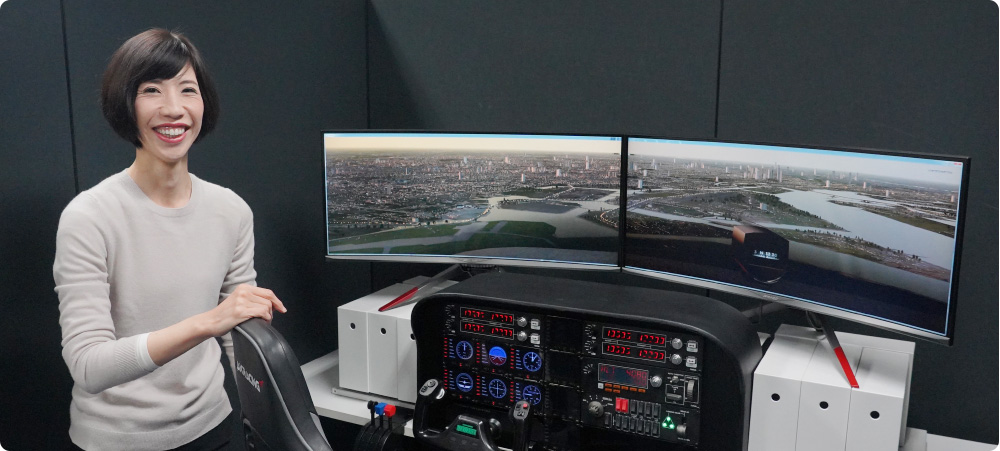
Position:Professor
email:miwa_nakanishi(at)ae.keio.ac.jp
Home Page:
https://lab.ae.keio.ac.jp/nakanishi_lab/
Human Factors, User Experience, Safety Management System
It is said that the size of the human palm is approximately 17 to 19 centimeters, and the capacity of short-term memory is approximately 7±2. These “human characteristics” are widely used in the design of everyday products and information. “Human characteristics” are not only physical or cognitive; they are also psychological. For example, we tend to forget things under heavy time pressures, but we can also be very productive when we are doing something consciously under intrinsic motivation.
Human factors represent an academic field that has the underlying goal of contributing to society through a deep understanding of “human characteristics” in the physical, cognitive, and psychological realms; this field contributes to the design of products and services based on that knowledge and undertake evaluation and verification of the effects of those designs. Based on the philosophy that “human characteristics should be the starting point of all design,” our laboratory is conducting research with a perspective and methodology based on the idea that human factors should be used to optimize the design of everything that influences our daily lives from products and services to management methods in large-scale systems.
HUMAN FACTORS AND ERGONOMICS 1, HUMAN FACTORS AND ERGONOMICS 4, LABORATORIES IN INDUSTRIAL AND SYSTEMS ENGINEERING (1)
The research themes of our laboratory can be placed into two broad categories:
Traditionally, the focus of the design of products and services has been on “ease of use.” However, as society has matured, it has become increasingly difficult to differentiate between products and services based on “ease of use.” Today, focusing on efficiency and simplicity is insufficient, and we need to focus on more diverse experiential values, such as sense of accomplishment, attachment, and psychological adaptation. Our goal is to establish a method for product and service design, planning, and evaluation by analyzing and modeling the physical and psychological interaction between humans and the vast number of design elements that make up products and services.
Since the Industrial Revolution, the position and role of workers have changed dramatically as technological systems have become more sophisticated and complex. In transportation, medical care, power plants, finance, and all other systems where there are interactions between humans and technology, it is impossible to achieve adequate safety by treating human elements as if they were machine components. This fact is evidenced by the numerous accidents that have been attributed to human factors that have occurred throughout history. In this era of unprecedented safety, we are trying to model how people are motivated, how they adapt, and how they behave. We undertake this work in order to provide better services based on safety, as well as to explore the conditions under which such models fail with changes in situations. We aim to apply this knowledge to safety management, which can be related to both the practitioner and the organization.
We believe that placing human characteristics at the starting point of all design, whether for products or services, is the most rational, universal, and “reassuring” methodology for us humans.
We welcome students who are highly motivated from all over the world to pursue human factors research and share our philosophy: “human characteristics at the origin of all designs”.